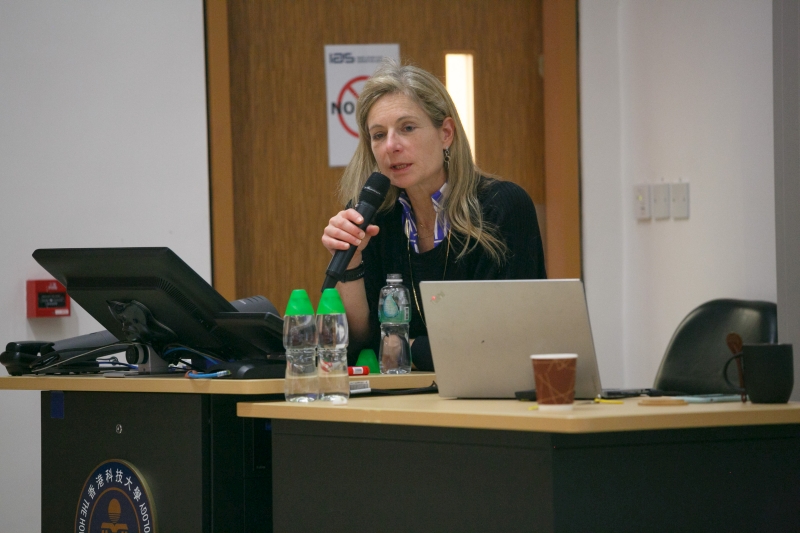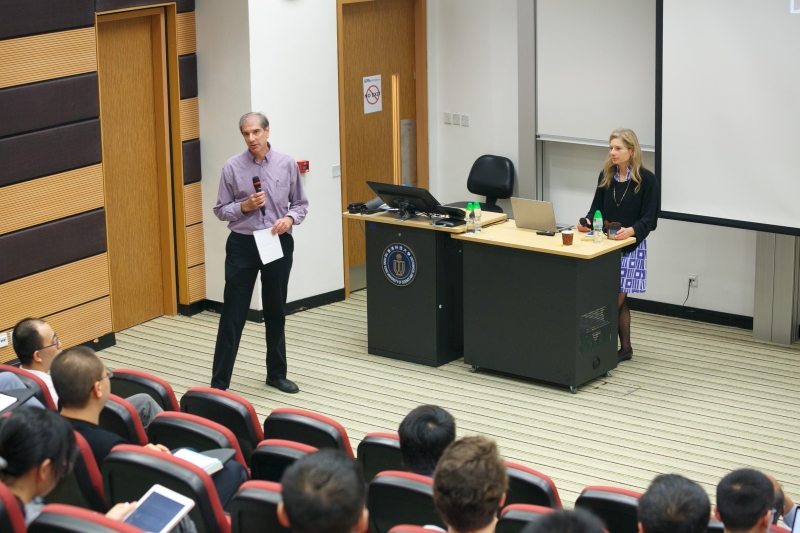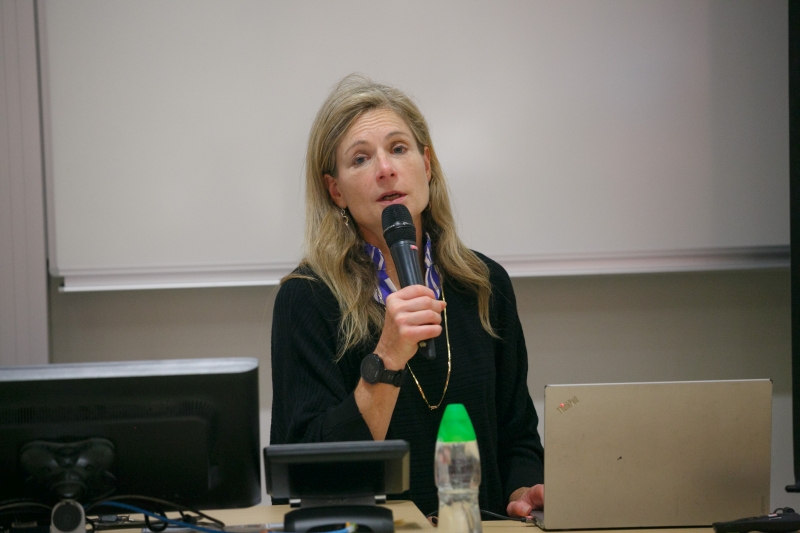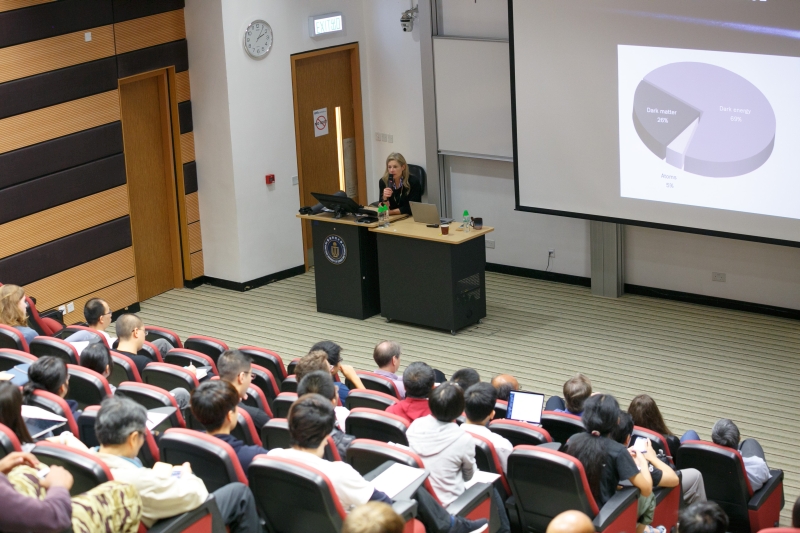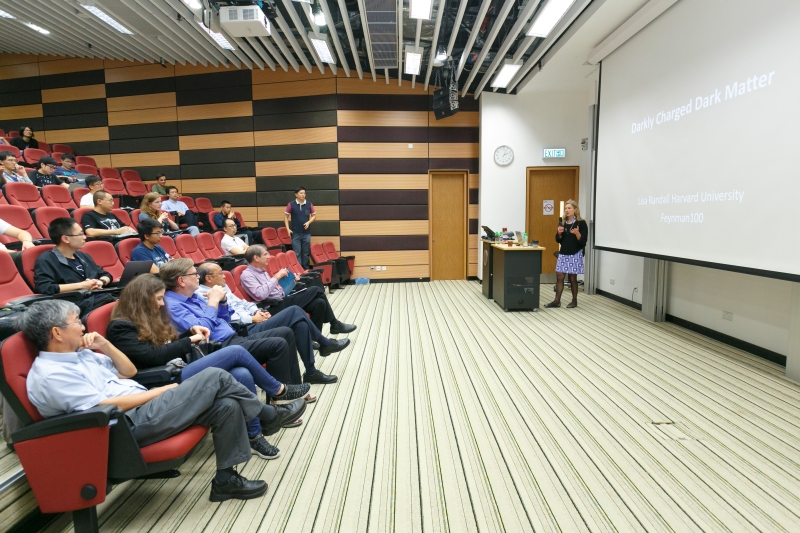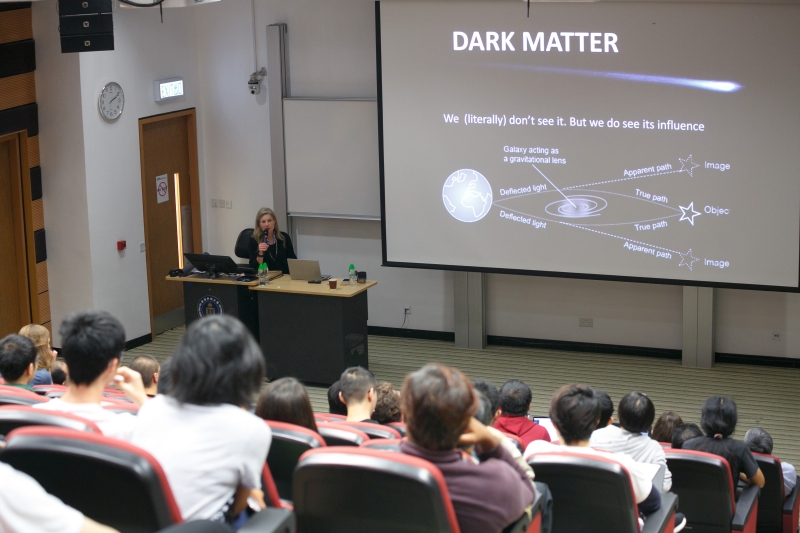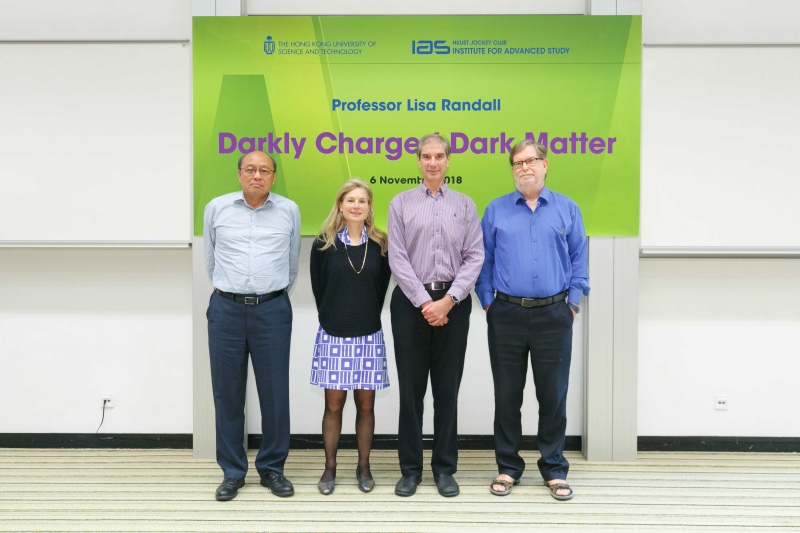Darkly Charged Dark Matter
Abstract
Generally physicists assume that dark matter is a single particle with no interactions in its own sector. The speaker and her team demonstrate that these assumptions are not necessarily true. In particular they show that dark matter can be charged under its own force, even if as light as the weak scale. They furthermore consider the possibility that only a fraction of the dark matter is charged, and can even form a disk inside the Milky Way.
About the speaker
Prof. Lisa Randall received her BA in Physics and PhD in Theoretical Particle Physics from Harvard University in 1983 and 1987 respectively. She held professorships at Massachusetts Institute of Technology and Princeton University before returning to Harvard in 2001. She is now the Frank B. Baird, Jr., Professor of Science at Harvard.
Prof. Randall’s research focuses on particle physics, supersymmetry, baryogenesis, cosmological inflation, and dark matter. Her work has involved the study of models to address the theoretical insights that puzzle the current understanding of the properties and interactions of matter, and the most prominent one involving extra dimensions of space. Recently, she put her focuses in large part on the Large Hadron Collider and dark matter searches and models.
Prof. Randall is a prolific writer. She is the author of the books “Dark Matter and the Dinosaurs: The Astounding Interconnectedness of the Universe”, “Higgs Discovery: The Power of Empty Space”, “Knocking on Heaven’s Door: How Physics and Scientific Thinking Illuminate the Universe and the Modern World” and “Warped Passages: Unraveling the Mysteries of the Universe’s Hidden Dimensions”.
Prof. Randall has been the recipient of numerous awards, including the Julius Wess Prize by Karlsruhe Institute of Technology (2016), the Walker Prize by Museum of Science, Boston (2015), the Andrew Gemant Award by the American Institute of Physics (2013), the National Award of Nuclear Science and History by the National Museum of Nuclear Science and History (2012), the Erna Hamburger Prize 2010 by the École Polytechnique Fédérale de Lausanne WISH Foundation (2010), and the Julius Edgar Lilienfeld Prize by the American Physical Society (2007). She has received honorary degrees from University of Antwerp, Bard College, Duke University and Brown University. She was also elected a Member of the US National Academy of Sciences (2008), a Fellow of the American Academy of Arts and Sciences (2004) and a Fellow of the American Physical Society (2003).

